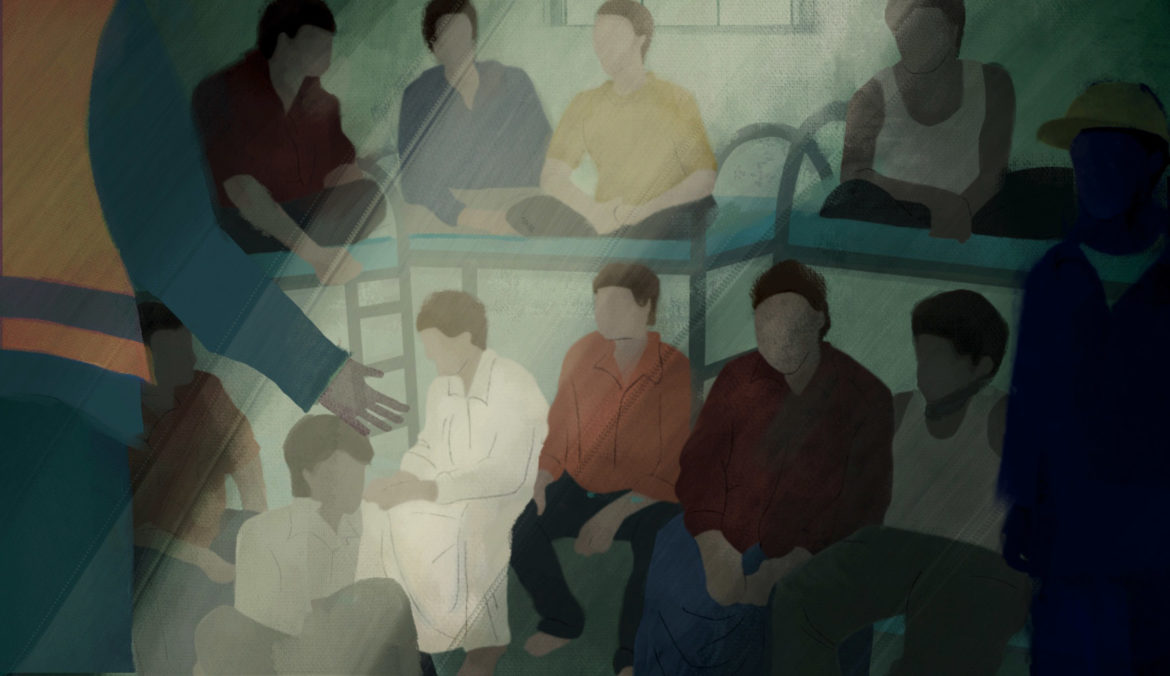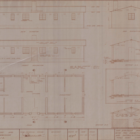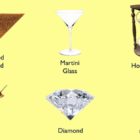Журналистика данных
Топ-10 DDJ: архитектура апартеида, ночные поезда, освещение конфликтов, ЛГБТК и вакцины для беженцев
|
В Европе путешественникам предлагают пересесть с самолетов на ночные поезда, в Южной Африке обсуждают архитектурные особенности апартеида, а в Мехико подсчитывают реальное количество жертв пандемии коронавируса.








